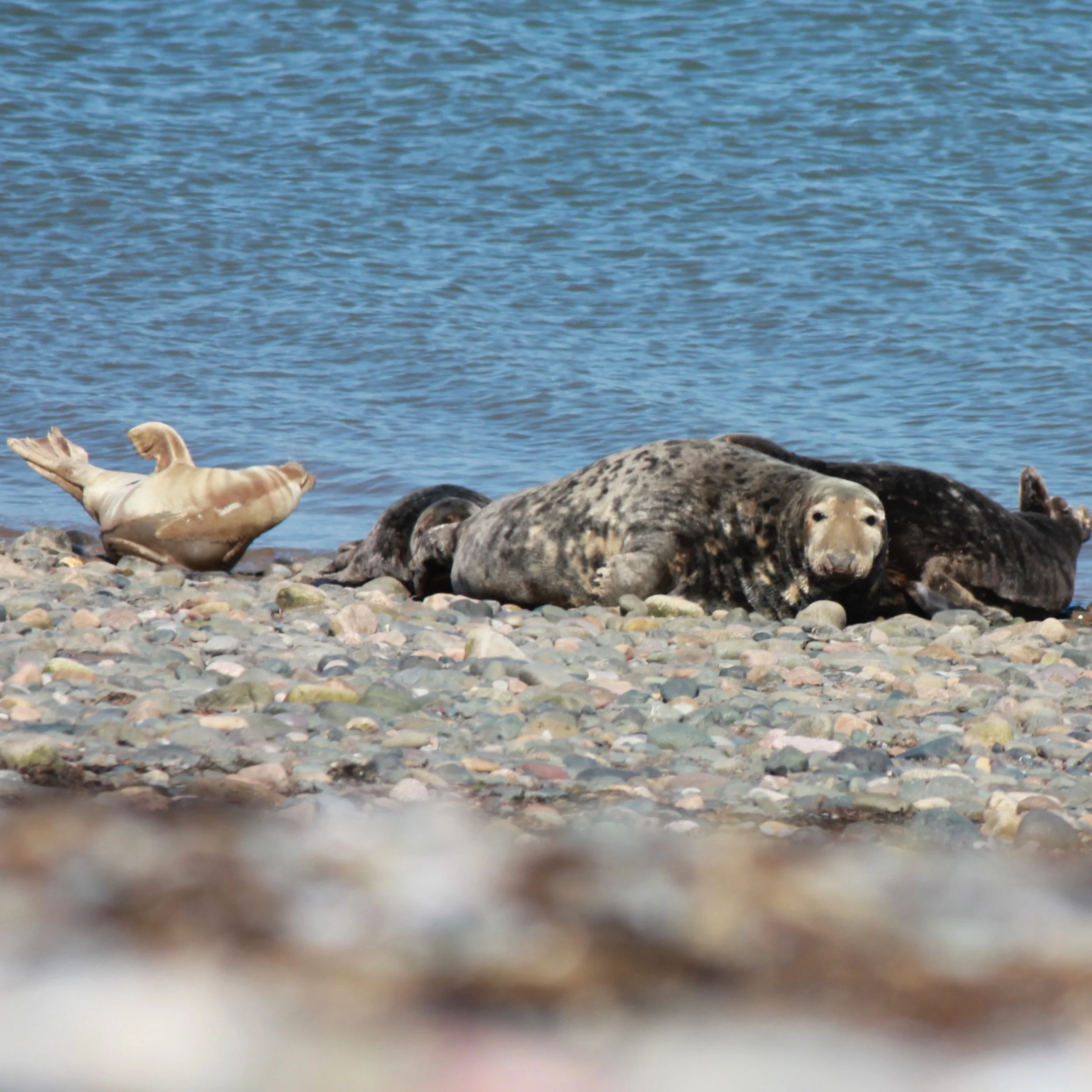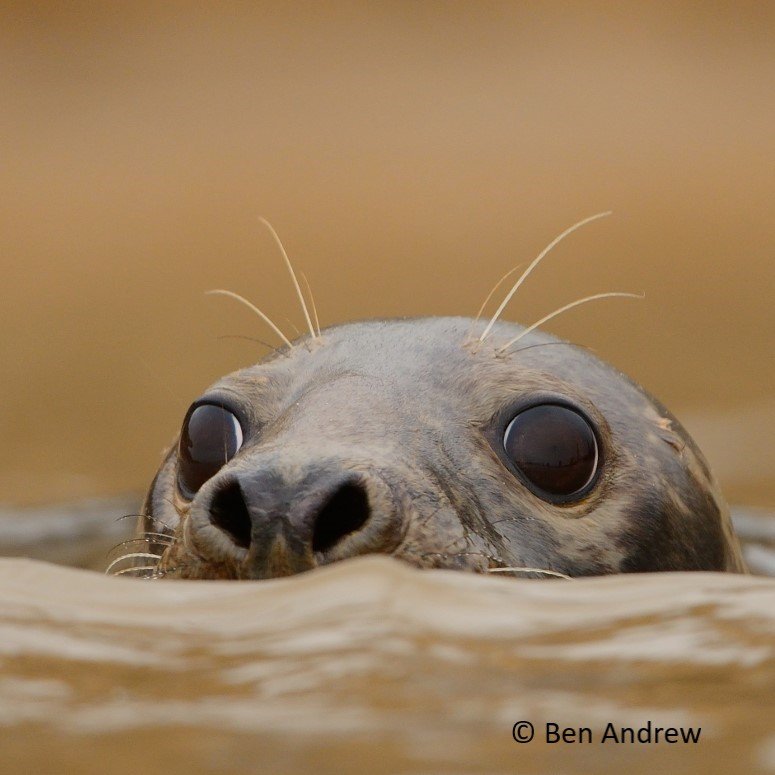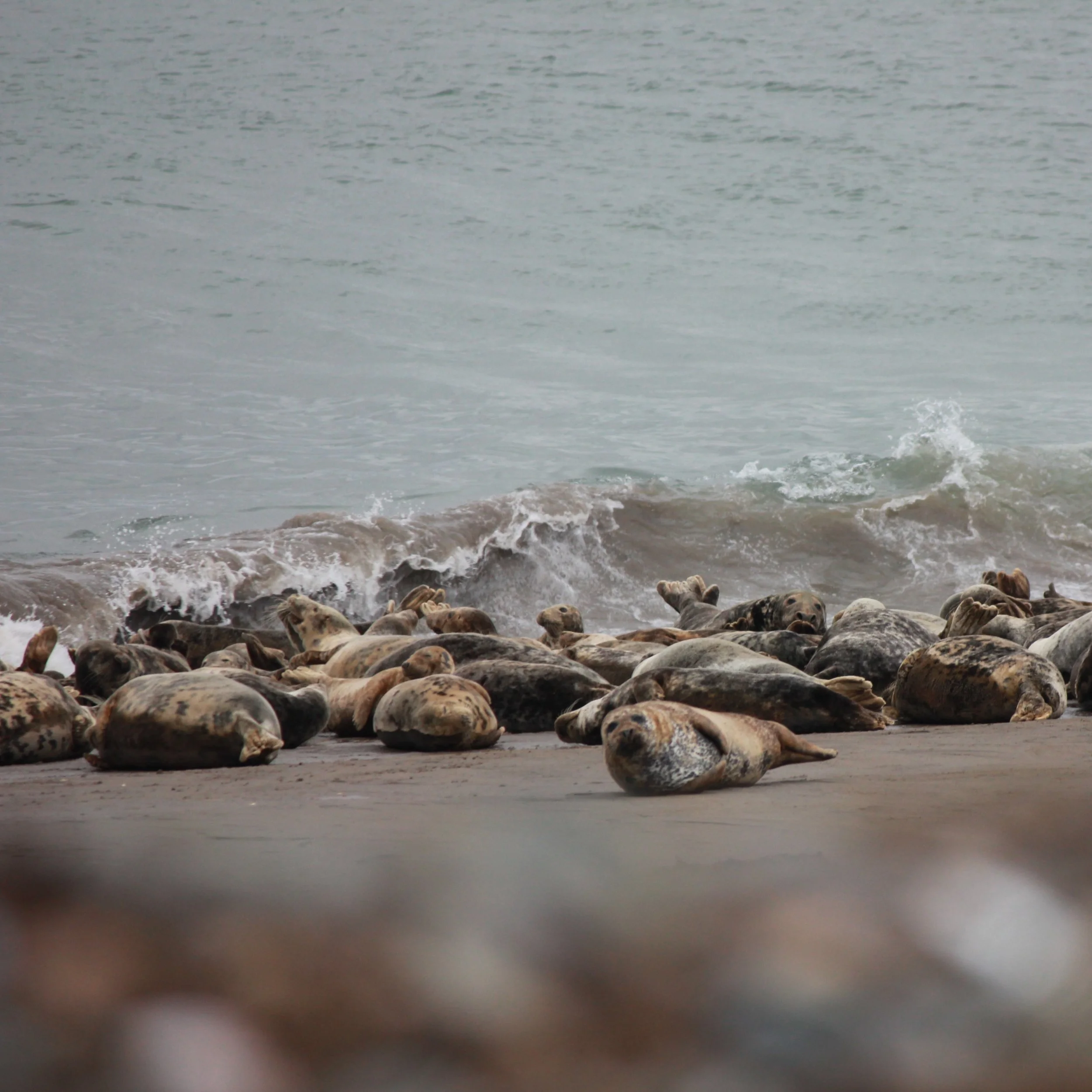It’s the Seal Deal
What’s the difference between a seal and a sea lion?? The answer to which all my good friends should know!
Many moons ago I worked at Chester Zoo and one of my roles was giving talks at feeding times. Feeding the sea lions was a smelly job but always drew a crowd. One of the many facts we shared with visitors was the difference between a seal and a sea lion - so here you go:
- Seals have claws on their flippers to help pull them ashore and move around; sea lions don’t have claws
- Sea lions can manoeuvre their hind flippers to essentially walk on all fours - meaning they can move faster on land; seals cannot do this hence their distinctive ungainly lumber whilst ashore
- Sea lions have external ear flaps whereas seals do not.
Little did I know when I was working at the Zoo that I would get the privilege of working with both seals and sea lions in my career. These days I get to share the wonders of the fabulous grey seal with NaturesGems clients.
Walney Island, off the Furness Peninsula, is home to the only grey seal colony in Cumbria and has an ever growing number of seals - around 500 at present. Earning the grey seal a clear place in the Morecambe Bay Big Five!
In 2013 I had the privilege of working on South Walney Nature Reserve for a season when the colony was only around 80 individuals. Thanks to the dedication of Cumbria Wildlife Trust staff and volunteers the colony has been kept relatively free from disturbance, hence the first seal pups being born here in 2015 and it’s incredible growth since.
The seals can be seen near the island all year round feeding on fish, mussels and crabs in the Irish Sea. Their numbers swell in the autumn when they come ashore to give birth to beautiful white pups. These pups will stay on land for a few weeks feeding on their mothers’ super rich milk . In this time they treble their weight and lose their white baby fluff in readiness for heading out to sea.
Grey seals are among the rarest in the world with the UK hosting around half of their whole population. They are vulnerable to disturbance from boats and beach walkers so it’s best to maintain a distance if you see one on the shore, no matter how tempting it is to get up close. The best chance to see them on Walney is via the Wildlife Trust’s webcam or join a NaturesGems tour to learn more and spot them from a safe distance.
Want to know more? Book a NaturesGems tour!



